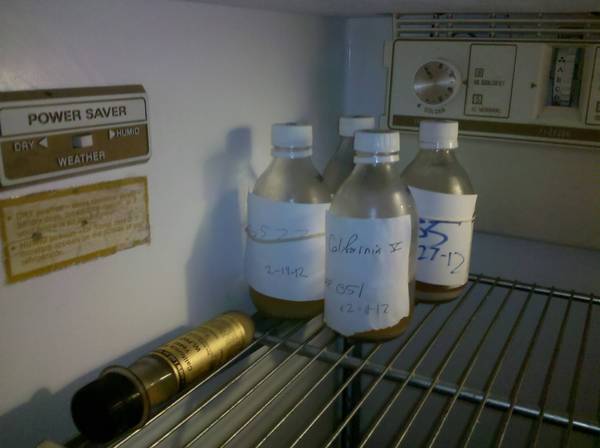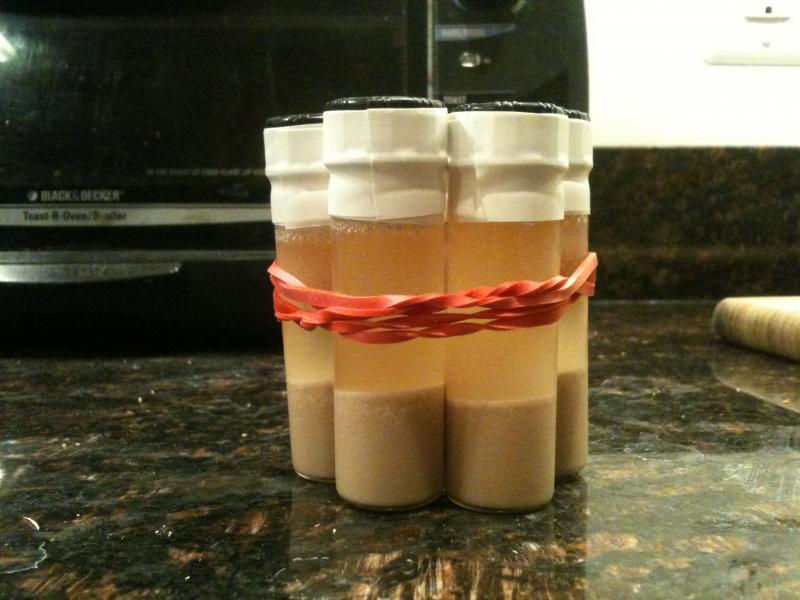This thread seems as good of a place to get answers as any, so... I plan to start freezing yeast, primarily because of the limited availability of WY3864, which I'm getting my hands on while it's around right now. I do not have a pressure cooker, however.
I plan to use sterile 50 ml conicals, so sterilizing vials is not a concern. Thus, my only concern is sterilizing my glycerol stock solution (and any equipment that will touch the yeast). There is of course no household way of sterilizing other than a pressure cooker (the efficacy of bleach solutions on surfaces/equipment is debatable), but boiling will kill anything except endospores. Tyndallization is another possible option for solutions, but is also of inconsistent efficacy (as well as being a pain in the butt).
My question is this, though. Is complete sterilization (i.e. more than what can be achieved by boiling) actually necessary for freezing yeast, given that the source of the yeast itself isn't sterile. I haven't seen anyone recommend autoclaving/pressure cooking one's Erlenmeyer and starter wort, just boiling it, in which case the starter itself will never be truly sterile and will be a far greater source of potential contamination than the glycerol/equipment.
Anyways, thoughts? Am I fine just with boiling everything, or do I really need to purchase a pressure cooker? I don't plan to passage yeast more than maybe twice, so there won't be repeated expansion of contaminants.
Thanks!









































![Craft A Brew - Safale S-04 Dry Yeast - Fermentis - English Ale Dry Yeast - For English and American Ales and Hard Apple Ciders - Ingredients for Home Brewing - Beer Making Supplies - [1 Pack]](https://m.media-amazon.com/images/I/41fVGNh6JfL._SL500_.jpg)


















